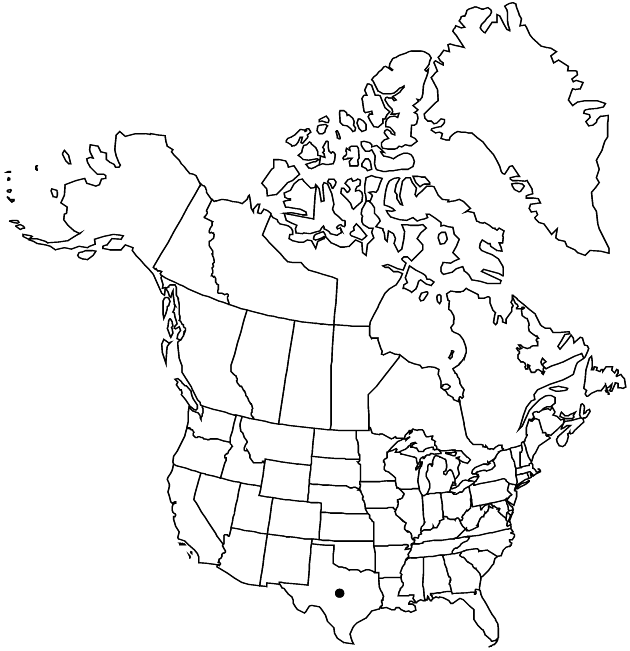Difference between revisions of "Tetraneuris linearifolia var. arenicola"
Sida 15: 237. 1992.
FNA>Volume Importer |
FNA>Volume Importer |
Revision as of 18:46, 24 September 2019
Plants 21–50+ cm. Stems (1–)4–10, erect or ± decumbent, unbranched or branched distally. Leaves usually densely hairy, sparsely to moderately glanddotted, basal blades usually spatulate, usually with 2–6 teeth or lobes;, proximal cauline blades usually oblanceolate, usually with 2(–6) teeth or lobes, mid blades usually oblanceolate, (2.5–)3.9–9.5(–16) mm wide. Peduncles (10–)13–22(–29) cm, densely hairy. Involucres 8–10 × 12–15 mm. Outer phyllaries 13–21, margins usually not scarious, abaxial faces densely hairy. Ray florets 14–25. Cypselae 1.9–2.6 mm, pappi of 5–8 non-aristate scales 1–1.7 mm. 2n = 30.
Phenology: Flowering (Feb–)Mar–Apr(–Jun; also Dec).
Habitat: Roadsides and pastures
Elevation: 50–200 m
Discussion
Variety arenicola is known only from the vicinity of Brooks, Hidalgo, Jim Hogg, and Zapata counties. It grows in sand; var. linearifolia grows in limestone-derived soils.
Selected References
None.
